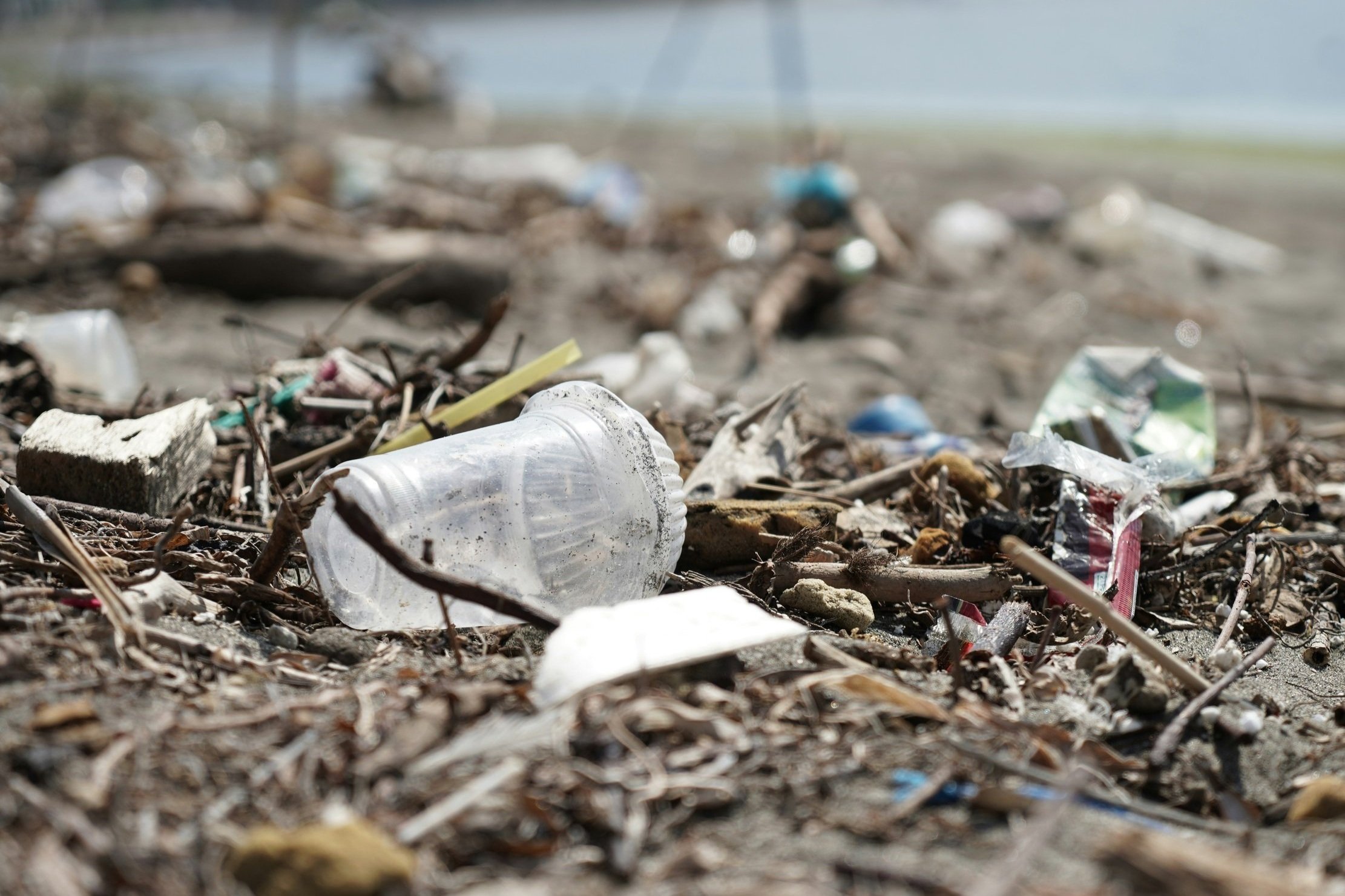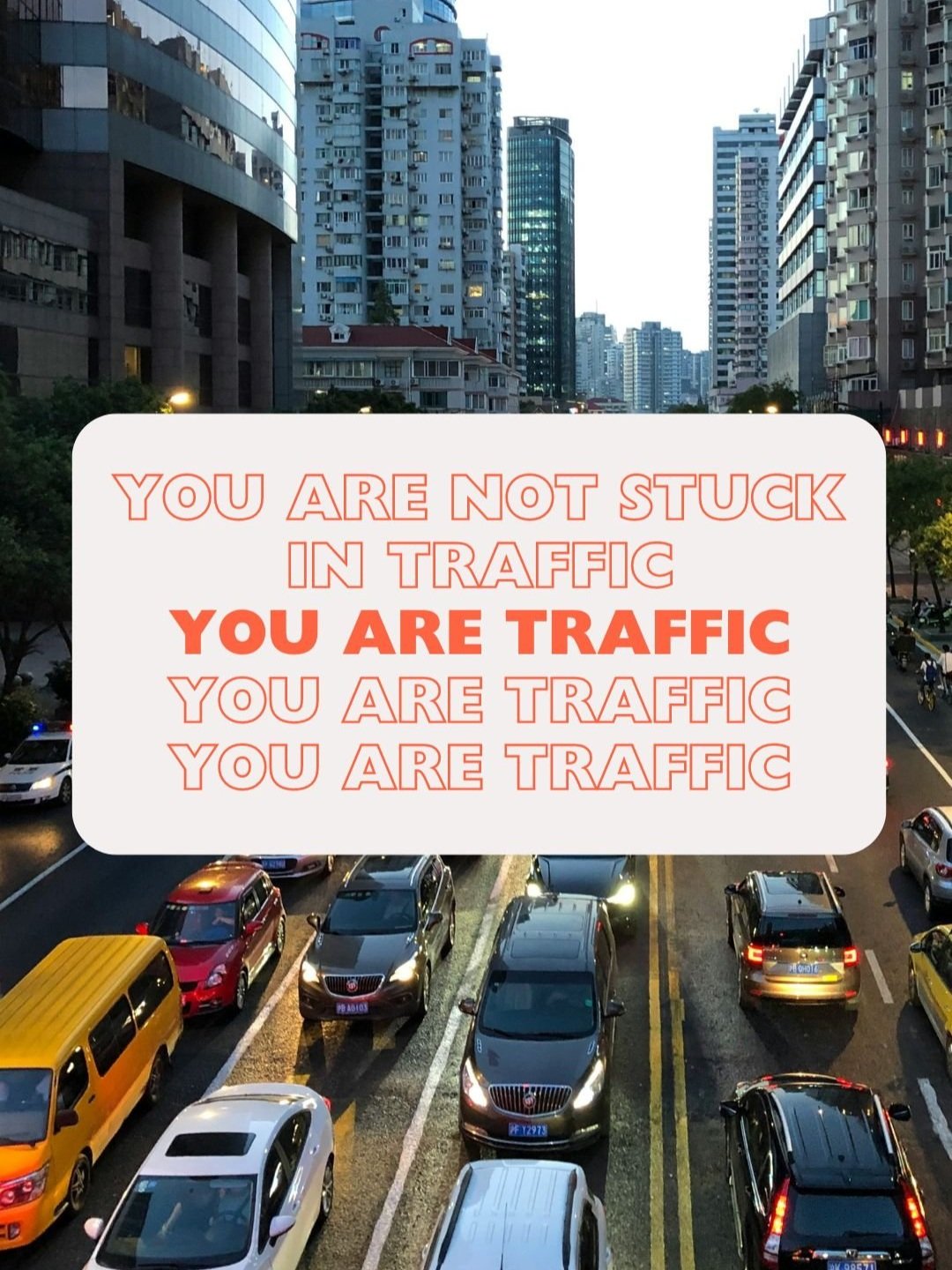Sustainability and Supporting Community is Not a Straight Line
When the Path Isn’t Clear
If there’s one thing I’ve learned from a decade of slow, intentional travel, it’s that sustainability isn’t black and white. It’s a moving target. A layered conversation. A long game.
Sometimes the “right thing” looks like walking away. Other times, it looks like staying in a complicated, imperfect relationship—because leaving might actually cause more harm than good.
The truth is, real change doesn’t happen at the surface level. It lives in the in-between. It asks more of us than a clean conscience or a feel-good hashtag. And often, it looks like walking into a place that isn’t quite ready and saying, “I’m here. Let’s do better, together”.
Here are three real stories from Indonesia—one from the mountains, one from the sea, one from the jungle—that remind me why it’s not about being perfect. It’s about showing up with clarity, compassion, and commitment.
The Trash Trail of Rinjani
When we first launched Chicken Feet Travels, Rinjani was not on our list. It felt like everything we didn’t want to be part of.
It’s a bucket-list trek, accessible to anyone with a bit of grit. There are hundreds of operators. Thousands of people walk it every year. And nearly everyone I spoke to before going called it the same thing: The Rubbish Walk.
We went anyway.
And what we saw was worse than expected.
Trash wasn’t just at the campsites—it lined the entire trail. Snack wrappers, cigarette butts, plastic bottles. Human waste. Toilet paper blowing “composting” everywhere. Rest points (known as POS) had literal corners used as open toilets. At the crater rim camps, you could follow faint trails into the trees and find little white flags of toilet paper everywhere.
It was hard not to feel disheartened. Angry, even. Here was the most beautiful treks in Southeast Asia—and it was being treated like a landfill.
We could have said, This isn’t our problem. Let’s just leave it off the map.
But then a friend introduced us to a local guide team who saw it differently.
They were already trying. Already cleaning up. Already educating their porters. Not because it would make them more money, but because it was the right thing to do.
They knew the system was broken—but they hadn’t given up.
And that’s when I realised: If we want to see change, we have to be part of it. Not just on pristine islands or in trendy “eco-lodges,” but in places like Rinjani—where sustainability has a long, messy way to go, but where good people are already fighting the good fight.
By working with the right guides and preparing our travellers before they go, we’re not just offering a trek. We’re supporting a shift. We’re showing that respect is non-negotiable, and that a clean trail is everyone’s responsibility.
Is it perfect? No.
Is it progress? Absolutely.
Whale Sharks in Sumbawa
The second story starts in whispers.
A friend told me about a new place in Sumbawa where you could snorkel with whale sharks. It wasn’t a circus, they said. It had been discovered by accident—by Conservation International, who were tracking tagged sharks and stumbled upon a local phenomenon.
In 2019, before the pandemic, tourism began trickling in. When I went in 2022, it still felt quiet. Sacred, even. A few boats, early mornings, a small team of guides working with the local fishermen.
But now, word is spreading. More boats. More people. And, inevitably, more pressure.
It’s easy to panic. To point fingers. To say, Let’s not go there anymore—it’s getting too crowded.
But that would miss the whole point.
Because what’s happening in Saleh Bay is actually a miracle of relationship.
Before tourism, if a whale shark swam into a fishing net, the fishermen would kill it. It wasn’t cruelty—it was survival. Those nets are expensive. A torn net means a lost livelihood.But now, if a whale shark damages a net, the fisherman jumps into the water and cuts it free.
Why?
Because there’s a tourism fund that helps replace the net.
Because those sharks are now a source of income and pride.
Because protecting them makes more sense than harming them.
And if a whale shark shows up near a fishing boat, the men stop fishing altogether. They help visitors into the water. They become stewards, hosts, guardians of something larger than themselves.
Of course, not everyone is doing it right. Some people chase the sharks. Some dive down for the “perfect shot.” Some guides don’t say no—even when they should.
But that doesn’t mean we give up. It means we lean in harder.
It means our guides educate travellers before they go.
It means we model the right behaviour: sitting quietly in the boat, letting the sharks approach, keeping a respectful distance.
It means we talk to the locals—about boundaries, about tourism pressure, about what’s at stake.
Because these aren’t just excursions. They’re futures.
Orangutans of Bukit Lawang
Bukit Lawang in North Sumatra often gets written off as “too touristy.” Visitors are surprised by how close the orangutans come, sometimes even seeking out humans. It can feel wrong — but there’s a deeper story.
Decades ago, WWF ran a rehabilitation centre here. Many of the orangutans were hand-reared by humans and then released. The project ended, but its impact remains. These orangutans grew up seeing humans as family, so they still approach people — not out of aggression, but recognition. As of 2024, there are 3 female orangutans left from the rehabilitation program.
It’s messy. It’s not ideal. But it doesn’t mean Bukit Lawang should be avoided. If you travel outside of peak season, choose local guides who understand the forest, and treat the orangutans with respect, you’re still helping.
Because what matters now is how the community has taken ownership of conservation. When one beloved orangutan disappeared for weeks, local guides organised a search party. They were worried that she was hurt, attacked by a tiger.
That’s the kind of care you can’t manufacture. And that’s why supporting communities, even in places with a complicated past, is still a powerful choice.
What Elephant Tourism Taught Us
If you’re still not convinced, let’s look at something that’s actually changed: elephant tourism.
Ten years ago, riding elephants was the norm. There were queues of tourists waiting to sit in heavy metal seats on their backs. There were circuses, dances, and elephants painting with their trunks—all in the name of entertainment.
Then came the shift.
More travellers began asking questions. Rescues began. Sanctuaries opened. The story changed.
Today, there are places in Thailand where you can walk alongside elephants instead of riding them. Where you can bathe them gently without chains or force. Where education replaces exploitation.
It didn’t happen because everyone walked away.
It happened because people stayed. They spoke up. They funded better options.
They believed transformation was possible—and made it so.
The same can happen for Rinjani. For Saleh Bay. For every place where tourism is a double-edged sword.
But only if we stop looking for black-and-white answers, and start showing up in full colour.
So What Does Sustainable Travel Really Mean?
Sustainable travel doesn’t mean avoiding all impact.
It means recognising that impact is inevitable—and choosing the kind you want to make.
It means:
Working with local guides who care about the land.
Supporting communities through your choices, not just your photos.
Asking hard questions: Who benefits from this tour? Who might be harmed?
Speaking up when something feels wrong—and praising what’s done right.
Going where it’s not perfect, but where people are trying.
It means knowing that “community” doesn’t mean perfection. It means people—messy, complex, well-intentioned people—who are trying to do better with what they have.
And it means recognising that sometimes, the best thing you can do isn’t to walk away…
But to stay. And help clean up.
Walking the Messy Path Together
At Chicken Feet Travels, we don’t pretend to have all the answers.
But we do promise to keep asking better questions.
We promise to work with people who are rooted in their place.
We promise to tell the whole story—even the parts that are hard to hear.
And we promise to keep evolving. Because sustainability is not a destination. It’s a direction.
And we are walking it. Together.
TL;DR: Sustainability and supporting community through travel isn’t black and white. From the trash-covered trails of Rinjani to the rising pressure on whale shark tourism in Sumbawa, the solution isn’t to walk away—it’s to stay, support local guides doing the right thing, and help shift the culture from within. Like the transformation of elephant tourism, real change happens when travellers show up with care, curiosity, and commitment. Sustainable travel isn’t about being perfect—it’s about being present, informed, and willing to take the messy, meaningful path.











